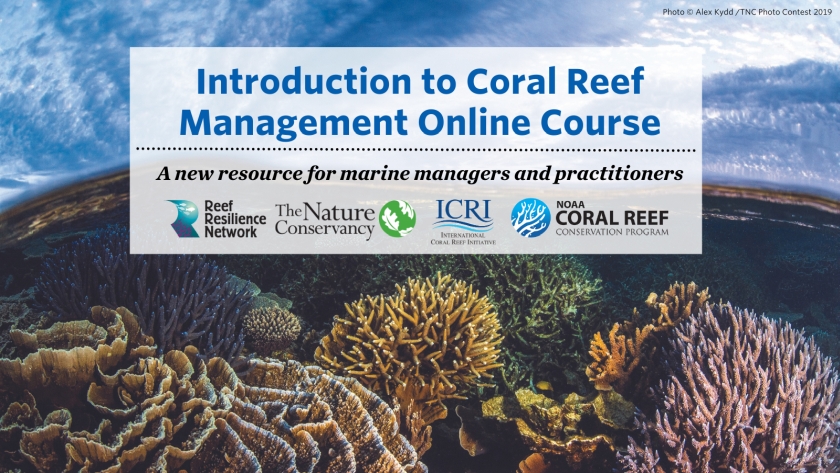This study revealed that an acute deoxygenation event on a Caribbean coral reef rapidly altered the benthic community composition and microbial assemblage present. The deoxygenation event led to significant consequences, including coral bleaching, tissue loss, and coral mortality, equating to a 50% loss in live coral. Consequently, the structure of the benthic community was significantly altered. The repercussions of coral mortality and shifts in the benthic community persisted more than a year later.
The increase in dead and bleached corals corresponded with a rapid shift in the microbial assemblage present within the reef environment. This shift favored taxa adapted to thrive in hypoxic conditions, such as Arcobacter. These microbial assemblages play a pivotal role in essential reef processes, intricately linked to the survival of the coral-building organisms. Unlike the coral population, microbial assemblages exhibited rapid recovery, transitioning back to a normoxic state within 1 month of the deoxygenation event.
Implications for managers
- Deoxygenation is an escalating stressor to coral reef ecosystems and should be included in future research and management plans.
- The localized and ephemeral nature of hypoxic events (usually only last a few days) makes it more difficult to measure their impacts. Managers should identify habitats that are at high risk for deoxygenation events (e.g., semi-enclosed bays, restricted water flow) and conduct regular and continuous monitoring of dissolved oxygen concentrations.
- Microbial taxa that are consistently prevalent in hypoxic conditions (e.g., Arcobacter) could possibly be used as early indicators of hypoxic events.
- Managing local eutrophication and pollution can reduce the likelihood of hypoxia events.
Authors: Johnson, M.D., J.J. Scott, M. Leray, N. Lucey, L.M. Rodriguez Bravo, W.L. Wied, and A.H. Altieri
Year: 2021
View Full Article
Nature Communications 12: 4522 doi:10.1038/s41467-021-24777-3https://doi.org/10.7717/peerj.15062


